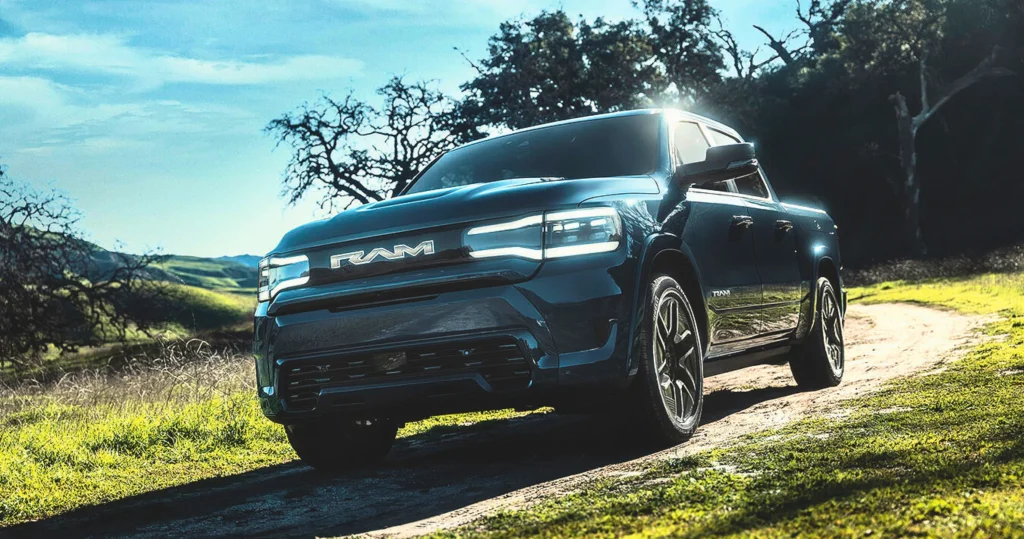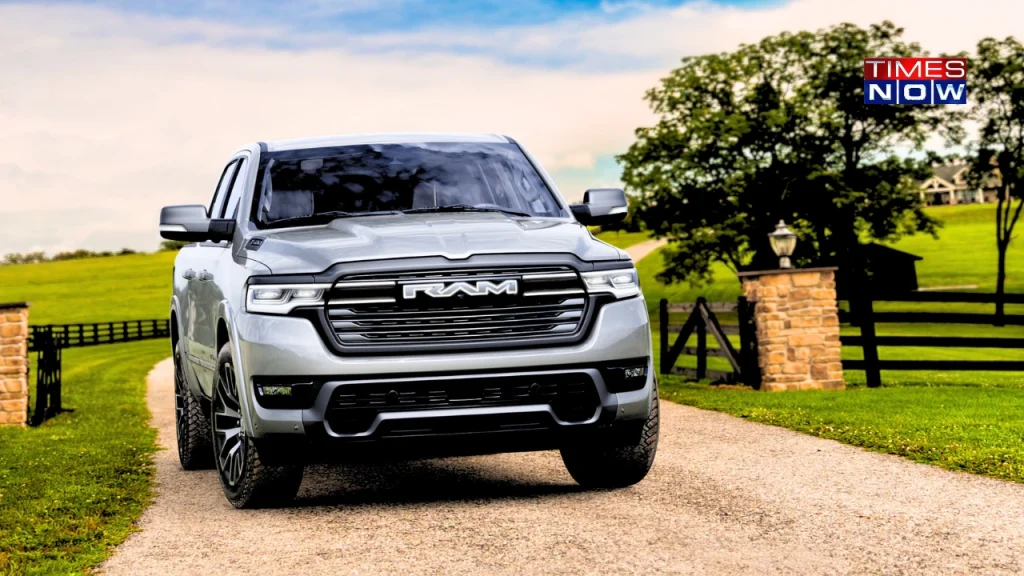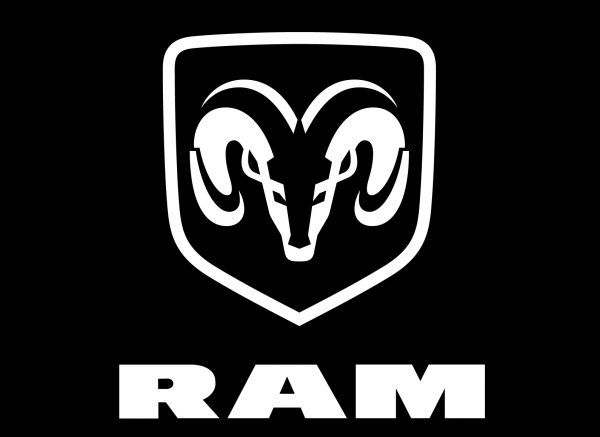The Rise of Pickup Trucks in the U.S. Market
The U.S. market has always had a strong affinity for pickup trucks. Over the years, these vehicles have evolved from utilitarian workhorses to versatile, high-performance machines that cater to a wide range of consumer needs. The Ram 1500, in particular, has garnered a significant following due to its blend of power, comfort, and cutting-edge technology.
Understanding the Demand Surge
Several factors contribute to the rising demand for pickup trucks like the Ram 1500. Firstly, the versatility of these vehicles makes them popular among a diverse group of consumers, from construction workers to families seeking a robust and spacious vehicle. Additionally, recent advancements in technology and design have made pickup trucks more efficient and comfortable, attracting a broader audience.
The economic landscape also plays a role. With the U.S. economy showing signs of recovery, consumer confidence is on the rise, leading to increased spending on big-ticket items such as vehicles. Furthermore, the rise of e-commerce and the need for reliable delivery vehicles have added to the demand for sturdy and dependable trucks.
Ram’s Strategic Expansion to Mexico

To keep pace with this growing demand, Ram has decided to expand its production capacity by moving some of its Ram 1500 production to Mexico. This decision is not without precedent; many automotive manufacturers have established production facilities in Mexico due to its favorable economic conditions, skilled labor force, and strategic location.
Benefits of the Move
One of the primary advantages of expanding production to Mexico is cost efficiency. The lower labor costs in Mexico allow Ram to produce vehicles at a more competitive price point, which can be beneficial in a highly competitive market. Additionally, Mexico’s proximity to the U.S. means that vehicles can be transported to U.S. dealerships relatively quickly, reducing delivery times and costs.
The expansion also allows Ram to tap into the growing automotive manufacturing ecosystem in Mexico. The country has a well-established network of suppliers and manufacturers, which can help streamline production processes and ensure a steady supply of necessary components.
The Impact on the U.S. Production Facilities
While some production is moving to Mexico, it does not mean that Ram is scaling back its U.S. operations. On the contrary, this expansion is designed to complement the existing production facilities in the United States. By distributing production across multiple locations, Ram can mitigate risks associated with supply chain disruptions and ensure a more robust production process.
Moreover, the U.S. production facilities will continue to play a crucial role in producing other models and variants of the Ram lineup. This diversification of production locations ensures that Ram can maintain its high standards of quality and continue to innovate and adapt to market demands.
Addressing Potential Concerns

The decision to move production to Mexico may raise concerns among U.S. workers and policymakers. However, Ram has emphasized that this move is part of a broader strategy to enhance its overall production capacity and meet consumer demand effectively. The company remains committed to maintaining a strong presence in the U.S. and supporting American jobs.
Furthermore, the automotive industry is increasingly globalized, and manufacturers often need to adopt flexible and dynamic production strategies to stay competitive. By expanding production to Mexico, Ram can leverage global efficiencies and continue to deliver high-quality vehicles to its customers.
Looking Ahead: Ram’s Future Plans
The expansion of Ram 1500 production to Mexico is just one part of Ram’s broader vision for the future. The company is continually exploring new ways to innovate and enhance its vehicle offerings. This includes investing in new technologies, such as electric and hybrid powertrains, to meet the growing demand for more sustainable and environmentally friendly vehicles.
Ram is also focused on enhancing the customer experience. This includes expanding its dealership network, improving after-sales services, and introducing new features and customization options for its vehicles. By staying attuned to consumer needs and market trends, Ram aims to remain a leader in the highly competitive pickup truck segment.
Conclusion
Ram’s decision to expand Ram 1500 production to Mexico marks a significant step in the company’s ongoing efforts to meet the growing demand for pickup trucks in the U.S. market. This strategic move leverages Mexico’s favorable economic conditions and skilled labor force to enhance production capacity and ensure that Ram can continue to deliver high-quality vehicles to its customers.
As the automotive industry evolves, manufacturers like Ram must adopt flexible and dynamic strategies to stay competitive. By expanding its production footprint, investing in new technologies, and maintaining a strong focus on the customer experience, Ram is well-positioned to navigate the challenges and opportunities of the future.
The Ram 1500 remains a beloved and iconic vehicle in the U.S. market, and this expansion ensures that it will continue to be a staple for consumers seeking a powerful, reliable, and versatile pickup truck. With a clear vision for the future and a commitment to excellence, Ram is poised to lead the way in the next chapter of the automotive industry.

